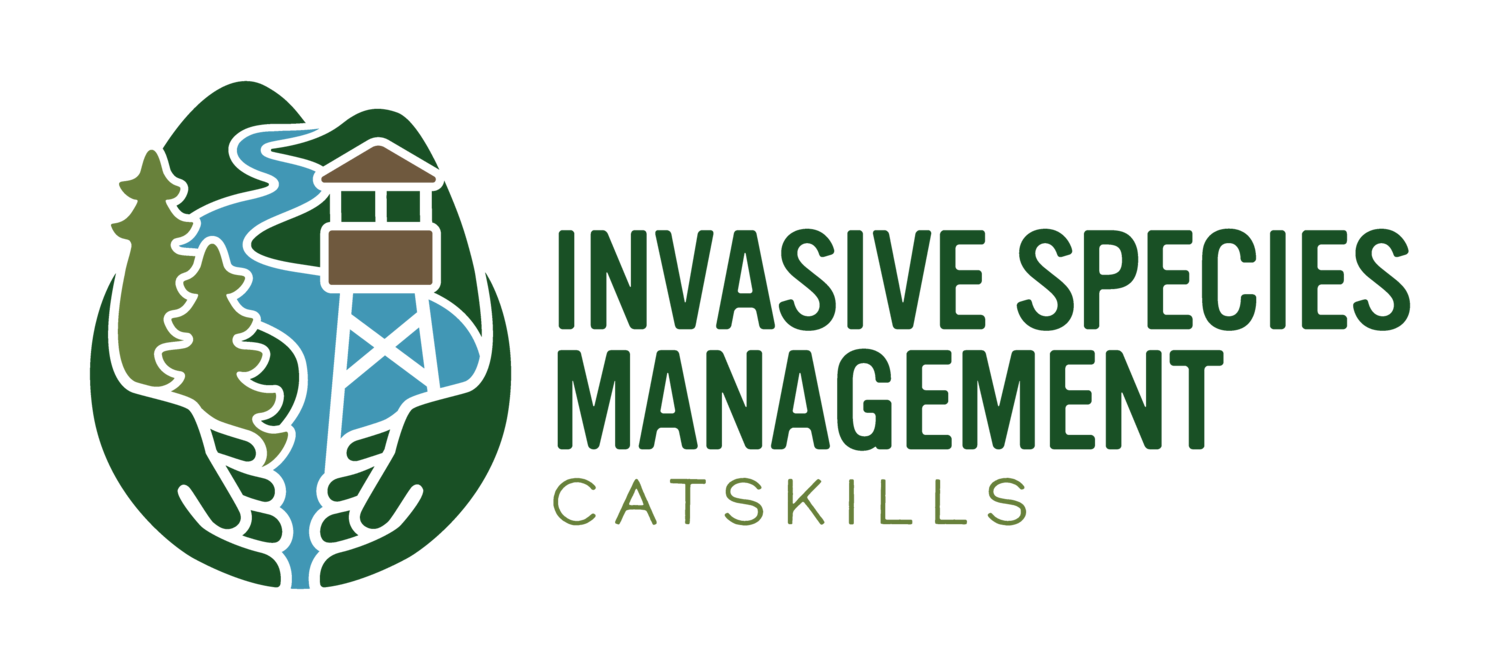What are Invasive Species?
Invasive species are defined as non-native species that cause ecological or economic harm or are a hazard to human health. Over the past century, an increasing number of invasive species have been introduced to the U.S. through a variety of pathways (Ship transit, pet trade, horticulture, etc.). While not all non-native species become invasive there is always the possibility of non-native species becoming invasive when they are introduced to new environments. Many invasive species have far-reaching environmental and economic impacts.
“A 2021 study estimated that invasive species have cost North America $2 billion per year in the early 1960s to over $26 billion per year since 2010 (Crystal-Ornela, R. et al. 2021). Globally, it is estimated that the economic cost of invasive species has been $1.288 trillion over the past 50 years (Zenni, R.D. et al. 2021).”
Invasive species have profound effects on our native ecosystems by altering habitats or directly competing with native species. Invasive species are typically able to thrive due to the lack of predators or other population control mechanisms present in their native environment. Many invasive species reproduce faster and in greater numbers than native species they compete against. In many cases, invasive species lower biodiversity in their introduced habitats and can make it easier for new invasive species to establish.
Why Worry About Invasives
in Your Neighborhood?
Recent research in the Southern U.S. has found a correlation between invasive Hydrilla verticillata infestations and increases in Harmful Algae Blooms (HAB). HABs can cause a variety of health hazards for wildlife, pets, and humans and have been increasing in frequency throughout the U.S. in recent years.
If you suspect a harmful algal bloom, report it here!
Giant Hogweed (Heracleum mantegazzianum) produces caustic chemicals that react to sunlight and moisture. Simply brushing up against the large plant can cause severe burns, scarring, and even blindness.
Feral swine (Eurasian boar, Sus scrofa) are large, aggressive animals capable of causing harm to pets and humans. They also serve as disease vectors capable of transmitting a variety of diseases to livestock and even humans.
What Can You Do to Help Protect the Catskills?
Everyone can help to stop the spread of invasives species!
While the threat of invasive species may seem too big for individuals to tackle alone, there are simple things all of us can do to help
stop the spread of invasives in the Catskills and protect the mountains, forests, and waters we love so much. Here’s what you can do to help protect the Catskills:
Play, Clean, Go
Many terrestrial invasive plants and insects can hitch rides in boot tread, mud, or on clothes. Seeds and other plant parts can be easily removed with the help of a few pieces of equipment;
a brush,
small scissors,
and a small pick.
Taking the time to clean boots and clothes of debris can mean preventing the introduction of an invasive plant to a new area.
CLEAN, DRAIN, DRY
Before entering any water body make sure you have done everything you can to prevent the spread of Aquatic Invasive Species (AIS).
Clean off any attached plants, debris, or mud,
Drain the motor, live and bait wells, and any areas with standing water,
Dry completely in 5 full days of sun or for 2 weeks out of water.
Don’t be afraid to stop by and say “Hi!” to NYSDEC AIS Boat Stewards stationed around NYS!
Never release any plants or animals from captivity
Animals released from captivity are usually incapable of surviving on their own and die of starvation or exposure.
Those that do survive can become invasive and have huge effects on our ecosystems.Captive plants and animals can also transmit foreign pathogens that decimate native wildlife.
Buy it where you burn it
Many tree-killing species of insect (i.e. Emerald Ash Borer, Hemlock Wooly Adelgid, etc) and tree diseases (i.e. Chestnut Blight, Beech Bark Disease, etc.) can be spread by transporting firewood around the Catskills. Buy firewood near where you’re going to burn it!
Report on IMapinvasives
iMapInvasives is a collaborative effort between multiple states and agencies in the U.S. and Canada to encourage citizen science, standardize data collection, and improve invasive species monitoring and reporting throughout North America.
Here’s a quick guide on how you too can take photos like a professional!
It’s a fun, free tool available to the public, to learn more visit iMapInvasives.org.




